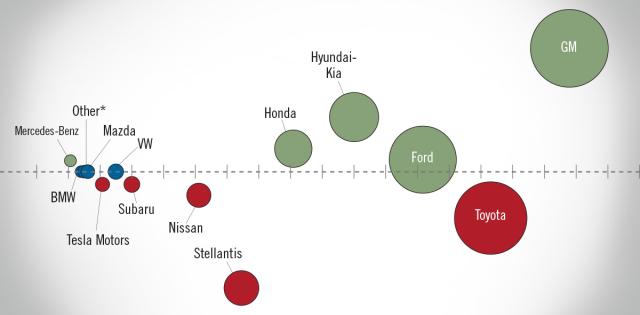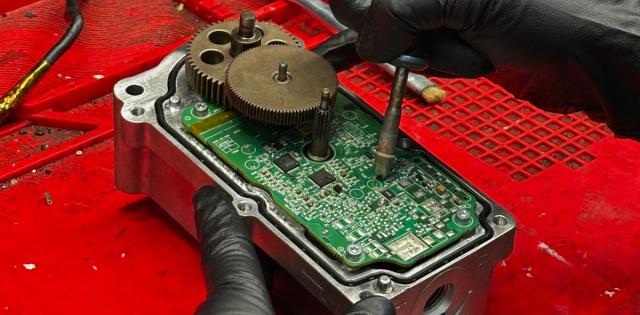Cyber criminals are increasingly turning their attention to unsuspecting businesses who are performing well financially, possess significant amounts of data, and are less likely to have invested in adequate cybersecurity measures. Unfortunately, more and more auto dealerships are falling into this category. The Federal Trade Commission (FTC) recently updated its Safeguards Rule mandating certain cybersecurity requirements for non-banking financial institutions, including auto dealers, as they saw “widespread data breaches and cyber attacks” resulting in “significant harm to consumers.”
Auto dealerships care about their customers and want to protect their dealership operations from cyber breaches and related attacks. However, dealership owners and operators often don’t know where to start or how to determine what investments will deliver the best return when it comes to investing limited sources to reduce cyber risk in a meaningful way.
To help, we’ve compiled our top five list of recommendations to help dealerships evaluate their current cybersecurity program, mitigate cyber risk across their business operations, and protect the customer information you require to conduct your business.
-
Conduct a cyber risk assessment. Not only is this specifically required in the updated FTC Safeguards Rule, but it is also an important investment to quickly examine and assess the effectiveness of your existing cybersecurity risk management program in place today. Performed as a rapid or more comprehensive assessment, you can quickly asses your dealership’s ability to identify and properly address cyber threats which, if ignored or not detected, could significantly impact dealership operations resulting in significant financial, legal and reputational risk. Expert cybersecurity providers, like Cyber Defense Labs, will also provide you with a list of reasonable and actionable recommendations, based on criticality or severity of consequences if not addressed, to help prioritize and resource future investments.
-
Train and educate your employees. The easiest way for a cyber criminal or hacker to penetrate an organization is to rely on human error. Most often, it is well-intentioned employees who are eager to respond and carry out their business responsibilities who inadvertently click on a harmful link or download a destructive attachment due to a phishing scheme or other form of fraud-related communication. Your employees are often your first line of defense. Educate your employees and conduct phishing simulations regularly to ensure employees are knowledgeable and informed about these types of harmful e-mails and what actions they should take to prevent harmful actors from gaining access to company networks.
-
Validate existing security controls. To help dealerships identify potential vulnerabilities within their network environment before they are exploited by malicious cyber actors, conduct a technical vulnerability assessment and penetration tests. These activities help dealerships identify and quantify security weaknesses within a system or network environment, examine the likely consequences should a cyber attack occur, and provide extensive information about an organization’s overall ability to protect their network. These types of tests help build trust and confidence in your security program by ensuring the security measures you have put in place are working as intended and not leaving you exposed to potential harm.
-
Manage and monitor your endpoints. Dealerships can quickly and significantly mitigate cyber risk by establishing a managed detection and response capability across the dealership’s endpoints. Endpoints are the physical devices connected to a network such as computers, laptops, tablets, mobile phones and more. Quickly and easily deployable, endpoint protection can rapidly identify, block and remediate cyber threats at the device level, isolating these attempts from further intruding or damaging the entire dealership network or cloud environment.
-
Have a plan. While cyber attacks remain persistent and constantly evolving, you don’t have any chance of withstanding an attack without a plan in place. As an owner or member of the leadership team, be proactive and engaged. Talk about today’s cyber risk and ask questions about what the team would do if faced with a ransomware attack or breach of customer information. Who would you call first? Would you need to notify your employees, customers, or third-party partners and if so, how? If you lost access to your data, could you restore it? Have a plan in place, ensure your team members understand the plan and their role in the event of an incident, and continuously ask “what if” scenarios to ensure you are proactively addressing potential concerns that could cause great harm to your dealership and community if not addressed.
For more information about ways to assess and manage your cyber risk, please view the NADA webinar, Driving Down Your Cyber Risk, held on June 29, 2022, or visit cyberdefenselabs.com/automotive.










